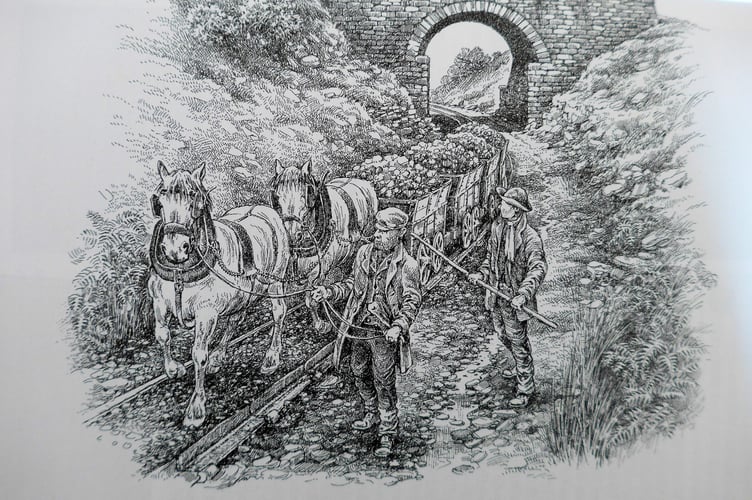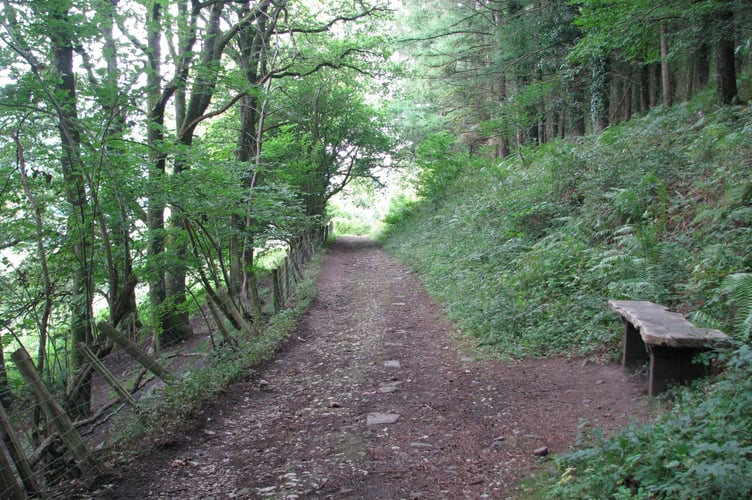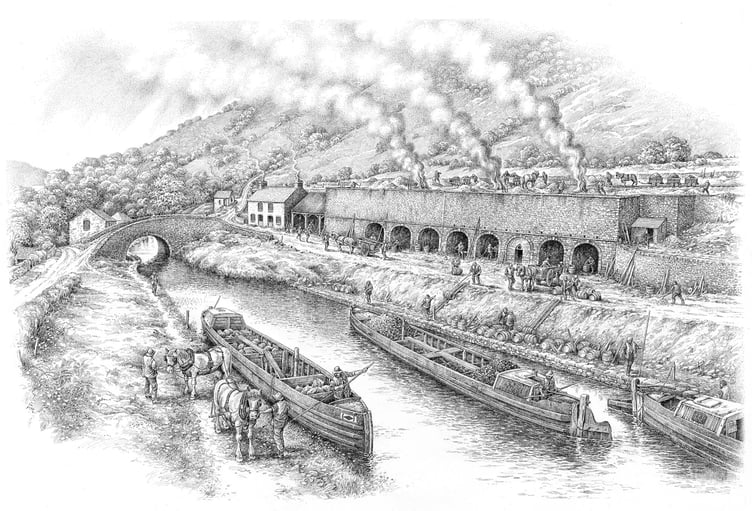Throughout 2025, Glandŵr Cymru, the Canal & River Trust in Wales, and its partner organisations and local community are celebrating the 225th anniversary of the Brecon Canal.
The Monmouthshire & Brecon Canal, known affectionately as the Mon & Brec, began life as two separate canals – the Monmouthshire Canal and the Brecknock & Abergavenny Canal. Although the two were joined in 1812 at Pontymoile, this year’s anniversary celebrates the completion of the more northern Brecon Canal twelve years earlier when the first cargo of coal reached Brecon Basin on Christmas Eve 1800.
David Viner, heritage consultant at Canal & River Trust, is telling the story of the canal throughout the year, looking back at how it has evolved to become the much-loved waterway it is today flowing through the Bannau Brycheiniog National Park. This time he’s exploring the Brinore Tramway and the Talybont Limekilns.

Despite Thomas Dadford’s problems with building the Ashford Tunnel, work continued on cutting the canal towards Brecon. In February 1799, after two years work, his navvies reached the village of Talybont completing nearly two thirds of the route. Just a few years later, Talybont became an important transhipment point for cargoes of coal, iron and limestone.
Benjamim Hall, owner of the Union Ironworks at Rhymney, looking for an alternative way to move his products to Brecon, commissioned engineer George Overton to build a horse-drawn tramroad over the hill to intersect with the canal. This incorporated an eight-mile length from Talybont to Trefil, the maximum allowed across public land under the 1793 Canal Act, and a five-mile extension via the Bryn Oer colliery to Rhymney on land privately owned by Hall. Overton conveniently held a shared lease in the colliery and was already celebrated for building tramways elsewhere in South Wales.
In 1815 he completed the Brinore Tramway, also adding a range of limekilns alongside the canal wharf to utilise limestone from Trefil Quarry. In the same year he moved to nearby Llandetty, staying till he died in 1825. Today you can still see Overton’s impressive kilns and walk the tramroad route, while commemorating the bicentenary of his death.






Comments
This article has no comments yet. Be the first to leave a comment.